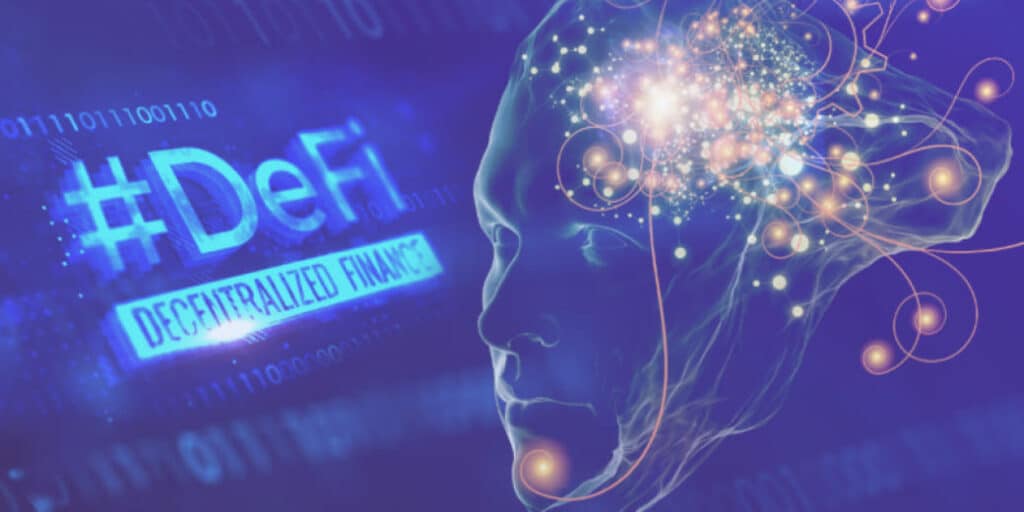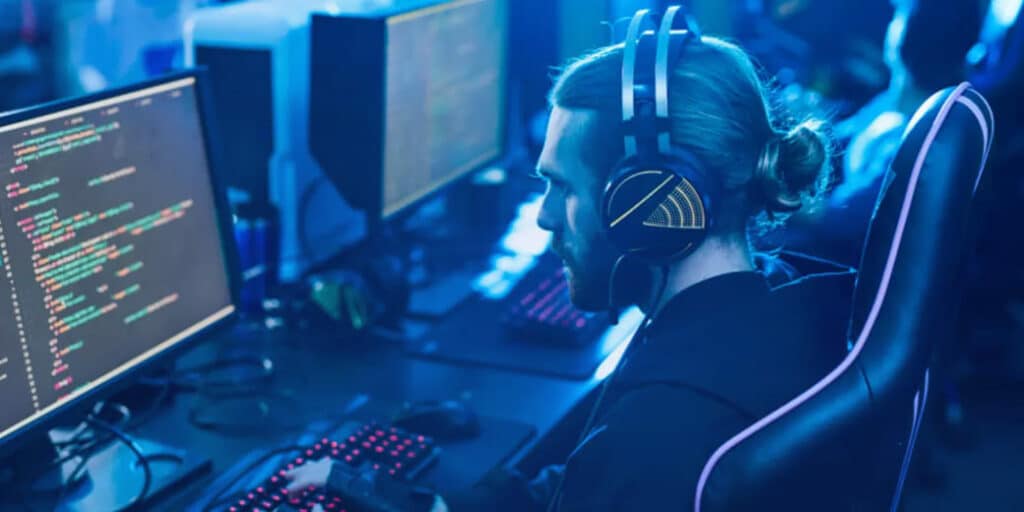Overthrowing monopolies. Predictions
The Internet is undergoing another revolution. It is like the revolution when, in 1989, after 20 years of boring and slow e-mail, the Web finally emerged. Convenient and fast, then bright and colourful, it so seamlessly took its place that nowadays nobody understands what the Internet was all about in the first 20 years of its existence.
A similar revolution took place in the early 2000s. Many millions of Internet users began generating Web pages and other content, taking that monopoly away from a few thousand Webmasters. This revolution was dubbed Web 2.0 in 2005, similar to the effect that the advent of the Web had on the world of e-mail and bulletin boards. However, the quantity and ease of content creation online have given rise to quality problems and new security concerns.
It is only logical that the need to improve the quality of information triggered the development of new revolutionary technologies such as artificial intelligence and virtual reality. Then another technological breakthrough spawned a revolutionary situation on the Internet. However, this breakthrough emerged as a response not so much to technological challenges as to socio-economic monopolies. We are talking about blockchain.
Let us look at the direction in which the Internet is now evolving in terms of technology, and what new challenges this development poses to us.
What is Web 3.0 and Web3?

These two terms, while similar in name, describe different concepts. At the same time, they do not exclude but even complement each other and Web 2.0. Just as Web 2.0 harmoniously complements the Web. It is possible that in the future the terms Web 3.0 and Web3 will be merged, but for now, it is useful to consider them separately.
The Web 3.0 concept, which emerged in 2007, denotes processes and standards designed to optimise and unify the Internet and the real world for perception not only by humans but also by machines and software.
The Web3 concept, which emerged in 2014, refers to systems based on distributed blockchain, decentralisation and tokenisation technologies.
Web 3.0 opens up opportunities for the widespread application of artificial intelligence, machine learning, and the creation and mastery of virtual and augmented reality. At the same time, Web3 reduces dependence on all sorts of monopolies and centralised platforms, including mega-corporations and government agencies. Web3 gives Internet users control over their data, finances, NFT, and other assets.
Metaverses

Both of these technological revolutions provide a solid foundation for the emergence of autonomous virtual “states” with their own governance, economies, laws, and courts. Moreover, with its own culture, education, ethics, and other familiar attributes of societies and states. Without false skepticism, not even states, but entire virtual worlds.
On this basis, some technology companies have already announced the creation and exploitation of metaverses. Obviously, the creation of a metaverse under the auspices of a single technology company contradicts the principle of demonopolisation of the Internet. Similarly, cryptocurrencies, contrary to their idea, have so far experienced an acute dependence on cryptocurrency regulatory policies in large and even small states.
The concepts of Web 3.0 and Web3 are still very young, and therefore dependent on old monopolistic approaches. Nevertheless, these technologies are quite promising and have the potential to develop and overcome the diseases of growth. So let us take a closer look at what the ambitious claims of corporations to implement metaverses and other disruptive technologies are based on.
Key features of disruptive technologies

Web 3.0 and Web3 have only been around for a few years, but an enormous amount of work has already been done to implement them. A picture of the future of the Internet is emerging from this work.
In describing Web 3.0, let us note the core concept, which is advanced artificial intelligence (AI), capable of processing information at a human level of capability. Such capabilities will allow machines to replace humans not only in many information retrieval and analysis tasks but also in the Internet of Things (IoT). The latest technology will help computers to behave like humans. And that means not just a computer, but also, for example, a smart home, a robot, a car, or a drone. So, to enable real human communication, a computer will generate and express emotions from a set of data.
Additionally, as technological capabilities evolve, virtual reality and augmented reality tools are increasingly being used.
Turning to the description of Web3, the principle of network decentralisation stands out. The essence of decentralisation is to move away from the usual model of databases and computing on specific servers. In other words, the mega-corporations and platforms that currently process information will lose their dominant position. Data will be distributed entirely and evenly across all nodes in the network, rather than across a specific number of server farms or clusters as before. The movement of data will be recorded in a distributed registry (blockchain). Consequently, there will be increased transparency and security on the network.
Also, when talking about Web3, it is impossible not to mention tokenisation. All data, including user-generated content, will be monetised using so-called tokens, which are issued by participating in the data exchange. For example, if you make a successful video, your cryptocurrency account will be replenished instantly, as you gain views, likes, and reposts, rather than as it is now when you struggle to beat the conditions, filters, restrictions, and delays of Youtube and other monopolists. Users will be able to spend tokens for online purchases or exchange them for more familiar cash.
With the full implementation of Web3.0 and Web3, any user will be able, with the help of artificial intelligence, to obtain and generate customised content. And without the constraints of large technology companies. At the same time, any Internet user will be a direct participant in the content distribution processes and will be rewarded for this in the form of tokens.
Our place in the new ecosystem

The processes we have described create both new challenges and opportunities in cybersecurity.
Within Web 3.0, there are issues of machine learning protection against all sorts of manipulation, as well as problems of recognising deepfakes – fakes created by artificial intelligence. Computer-generated emotion opens up even greater opportunities to deceive users.
At the same time, open-source intelligence (OSINT), recognition of attacks and other incidents, and all sorts of strategic and tactical security decisions are evolving rapidly in parallel with the development of machine learning and artificial intelligence.
The automation of financial and other value management in Web3 through smart contracts is creating a host of opportunities for new technologies to be exploited for criminal purposes. The main target of hackers of all kinds has been, is, and will continue to be theft of funds. Computer criminals are also not shy about using new technologies for industrial and military intelligence and espionage.
H-X Technologies is actively involved in the development of Web 3.0 and Web3. Within OSINT, we provide our clients with up-to-date and complete information about employees and partners, and we conduct incident investigations and threat intelligence. We have an excellent ability to analyse the hacker part of the Internet – DarkWeb. We use and implement various different AI security systems for our customers. Furthermore, we do AI/ML audits and other AI/ML security tasks.
Finally, we provide a comprehensive set of security services for Web3 ecosystems, ranging from pentests of the classic Web2 part to development and auditing services for smart contracts and source code.
Need help from experienced technology revolutionaries? Contact us today.
Subscribe to our Telegram channel so you do not miss new articles on our blog.
